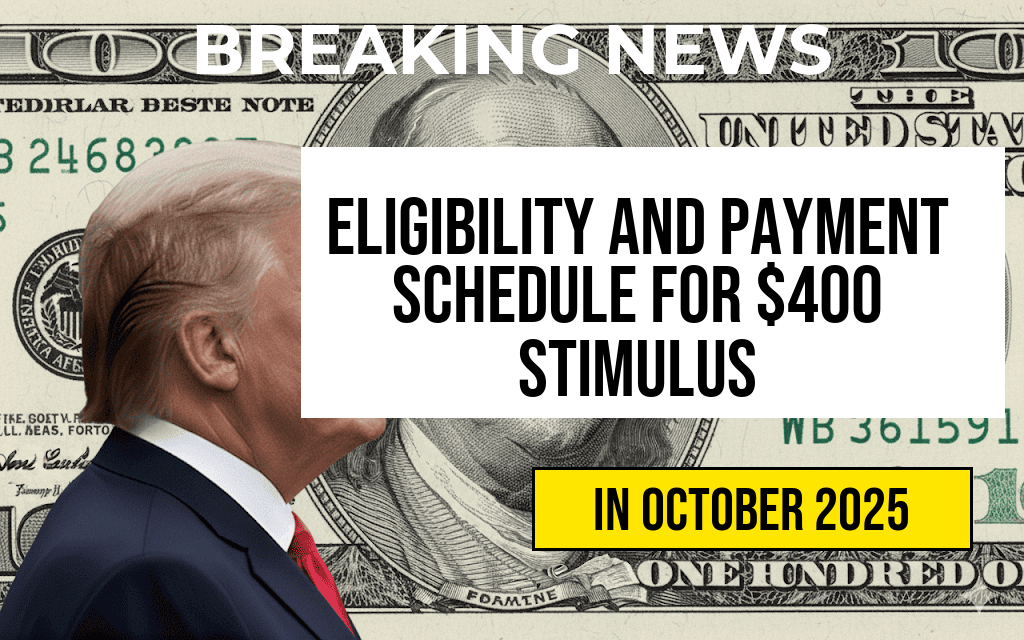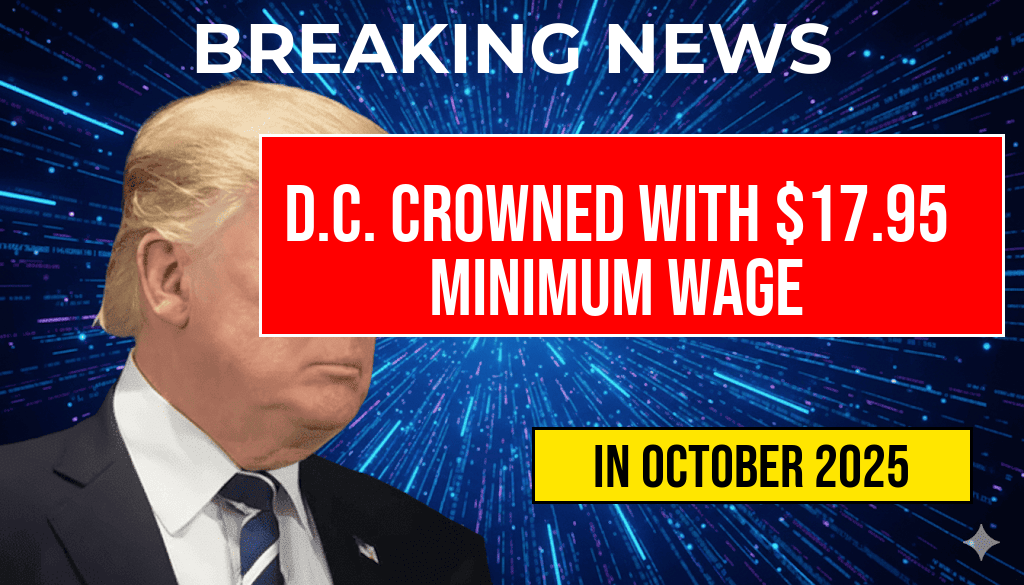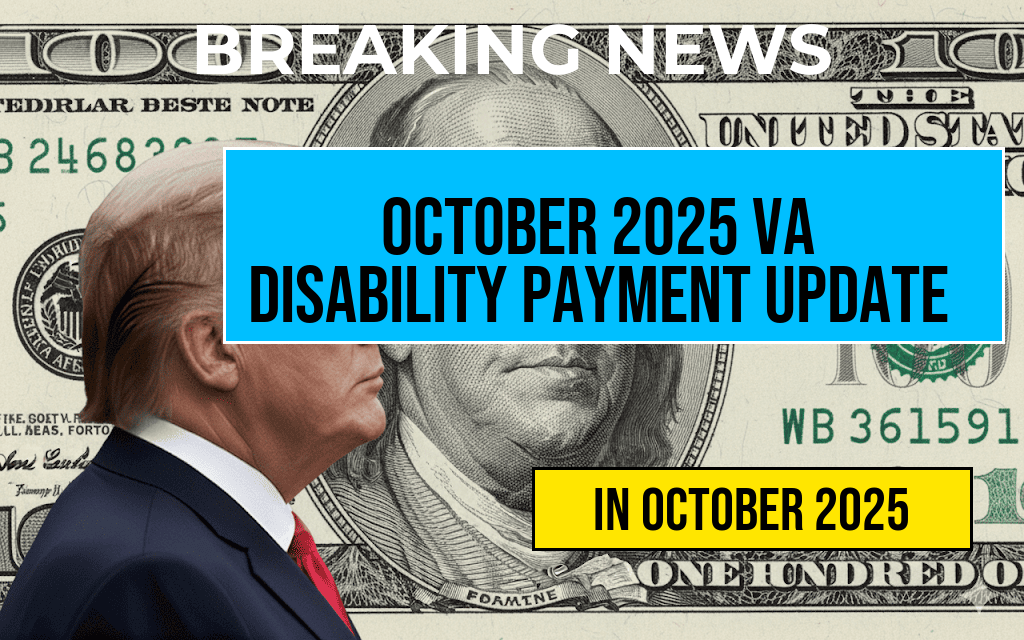In a significant development for retirement planning, the Internal Revenue Service (IRS) has announced that the contribution limit for 401(k) plans will increase to $23,500 in 2025. This adjustment, reflecting inflationary trends, aims to provide employees with greater opportunities to save for retirement. The previous limit was set at $22,500 for 2023, marking an increase of $1,000 for the upcoming year. This change is part of the IRS’s annual review of contribution limits, which typically adjusts these thresholds to align with economic conditions. With the rising cost of living, many financial experts encourage employees to take full advantage of these increased limits to bolster their retirement savings.
Understanding 401(k) Contribution Limits
A 401(k) plan is a popular retirement savings vehicle that allows employees to save a portion of their paycheck before taxes are taken out. Contributions to these plans are often matched by employers, making them an attractive option for long-term financial planning. The IRS periodically reviews and updates the contribution limits, ensuring that they keep pace with inflation and economic realities.
What Does the Increase Mean for Employees?
The increase to $23,500 represents a substantial opportunity for employees looking to enhance their retirement savings. For many, this additional $1,000 could significantly impact their financial future, especially for those who may not have fully utilized previous contribution limits. With the earlier limit of $22,500, many employees had already begun to maximize their contributions, and the new limit will provide even more flexibility.
Key Benefits of Increased Contributions
- Enhanced Retirement Security: Increasing contributions allows employees to grow their retirement savings more rapidly, providing a larger nest egg upon retirement.
- Tax Advantages: Contributions to a 401(k) are made with pre-tax dollars, which can lower an employee’s taxable income.
- Employer Matching: Many employers offer matching contributions, which can significantly increase the total amount saved for retirement.
How to Optimize Your 401(k) Contributions
To maximize the benefits of the increased contribution limit, employees should consider the following strategies:
1. Evaluate Your Financial Situation
Before increasing contributions, assess your current financial situation. Ensure that you have a budget that allows for higher contributions without compromising your immediate financial needs.
2. Take Advantage of Employer Matching
Understand your employer’s matching policy. Many employers match contributions up to a certain percentage, so contributing at least enough to receive the full match is crucial.
3. Review Investment Choices
Regularly review the investment options available within your 401(k) plan. Diversifying your investments can lead to better returns and a more secure retirement.
Future Adjustments and Considerations
The IRS will continue to evaluate the contribution limits annually, taking into account inflation and other economic factors. It is essential for employees to stay informed about these changes and adjust their contributions accordingly. Additionally, employees should remain aware of the potential for further increases in contribution limits in the future, which could further enhance their ability to save for retirement.
Resources for Further Information
For more details on 401(k) contribution limits and retirement planning, employees can refer to the following authoritative resources:
As employees prepare for the increased contribution limit in 2025, understanding the implications and strategies for optimizing retirement savings will be essential. By staying informed and proactive, individuals can take significant steps toward a more secure financial future.
Frequently Asked Questions
What is the new contribution limit for 401(k) plans in 2025?
The new contribution limit for 401(k) plans in 2025 is $23,500, allowing employees to save more for their retirement.
How does the increase in contribution limits benefit employees?
The increase in 401(k) contribution limits allows employees to enhance their retirement savings, potentially leading to a more comfortable financial future.
Are there any changes to employer matching contributions with the new limits?
The new contribution limits primarily affect employee contributions; however, employers may choose to adjust their matching contributions based on these new limits.
Can employees contribute more than the new limit if they are over 50?
Yes, employees aged 50 and older can make additional catch-up contributions, which may allow them to contribute even more than the $23,500 limit.
When will the new contribution limits take effect?
The new 401(k) contribution limits will take effect starting in 2025, giving employees time to adjust their savings strategies.











